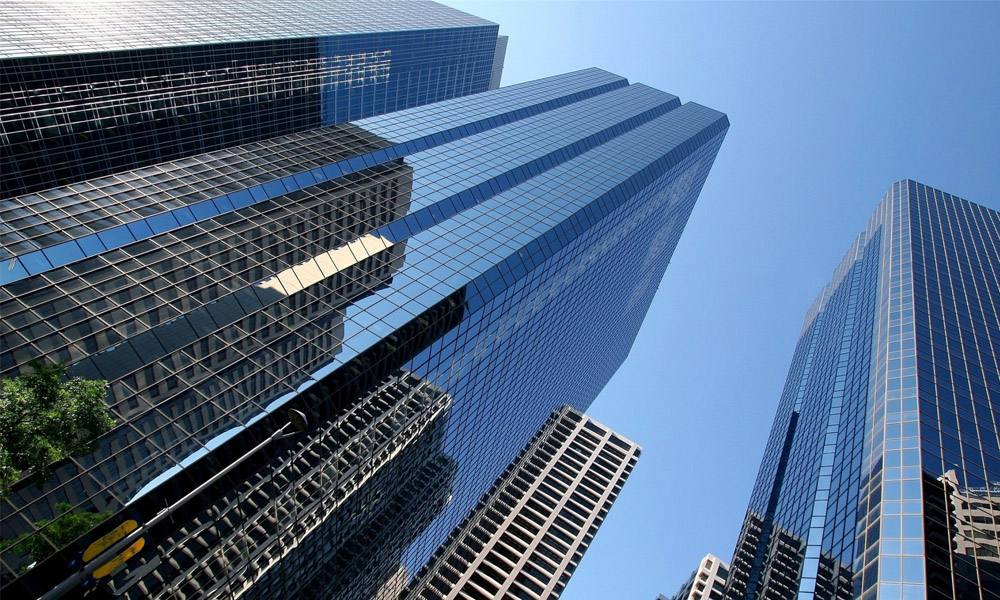

The Significance of Green Reflective Glass in Modern Architecture
In recent years, the application of green reflective glass has become increasingly prevalent in modern architecture. This innovative material not only enhances the aesthetic appeal of buildings but also plays a crucial role in energy efficiency and environmental sustainability. With its unique properties, green reflective glass has transformed both the design landscape and the approach to architectural sustainability.
One of the most distinct features of green reflective glass is its ability to reduce glare while maximizing natural light. The reflective coating on the glass minimizes the amount of solar heat that penetrates into the building, making interiors more comfortable for occupants. This feature is particularly significant in urban areas where buildings are often subjected to intense sunlight and heat, leading to discomfort and increased reliance on artificial cooling systems. By incorporating green reflective glass, architects can create inviting spaces that are bright and airy, while also maintaining a cooler environment.
Moreover, the green tint of the glass enhances the visual appeal of buildings. It has a subtle yet sophisticated aesthetic that blends harmoniously with both natural and urban landscapes. This distinctive coloration not only complements the surrounding environment but also contributes to the building's unique identity. Many architects appreciate the versatility of green reflective glass, as it can be utilized in various applications, from commercial skyscrapers to residential homes.
Energy efficiency is at the forefront of modern architectural design, and green reflective glass contributes significantly to this goal
. By reducing the amount of heat entering a building, the reliance on air conditioning systems is lowered, leading to decreased energy consumption and reduced carbon footprints. This is especially important in the context of climate change, as architects and developers aim to create structures that are both aesthetically pleasing and environmentally responsible.
Furthermore, the use of green reflective glass can contribute to the LEED (Leadership in Energy and Environmental Design) certification, which many new projects aspire to achieve. By incorporating sustainable building materials such as green reflective glass, developers can demonstrate their commitment to eco-friendly practices, attracting environmentally conscious tenants and buyers in the process. This not only enhances the property’s value but also promotes a positive image for the developers involved.
Safety and durability are other key advantages of green reflective glass. Modern advancements in manufacturing processes have resulted in glass that can withstand harsh weather conditions and physical impacts, making it a reliable choice for various architectural applications. Its reflective properties also help in reducing the risk of bird strikes, as the glass becomes less visible to avian species.
As the architectural industry continues to evolve, the significance of materials like green reflective glass becomes increasingly apparent. It embodies the fusion of aesthetics, functionality, and sustainability, which is essential in today’s fast-paced world. The ongoing research and development of glass technologies promise even greater advancements in energy efficiency and design, further solidifying the role of green reflective glass in the future of architecture.
In conclusion, green reflective glass is more than just a trend; it is a symbol of modern architectural innovation that prioritizes both beauty and sustainability. Its numerous benefits make it an indispensable material for contemporary buildings, and as more architects embrace its potential, we can expect to see a future where structures are not only stunning but also kinder to the environment.